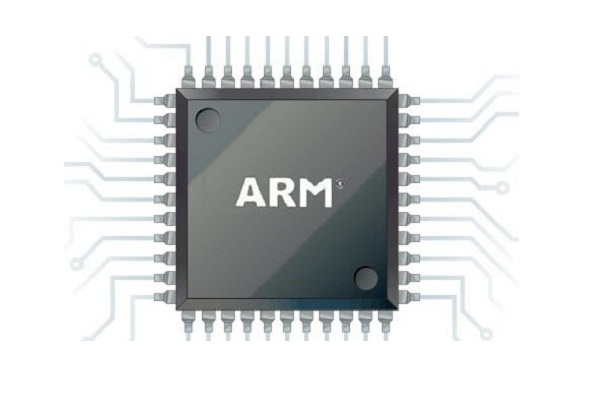ARM posted a nine percent rise in pre-tax profits thanks to continuing demand for licences for its mobile chip designs, but concern about the possible impact of a slowdown in the smartphone market persists.
The Cambridge-based company is famous for designing the chips that are found in 95 percent of all smartphones. Chip makers such as Qualcomm purchase licence fees to use these designs, which gives ARM royalties on every chip shipped.
For the second quarter ending 30 June, ARM posted pre-tax profits of £94.2 million, compared with £86.6 million in the same year-ago period. Revenues rose 9 percent to £187 million, compared to £171 million a year earlier.
Financial Growth
The worry is that ARM’s revenue streams often lags behind the market, as its royalties payments tend to arrive after market trading conditions have already adjusted. But investor concern about this has been eased with the news that ARM witnessed a 42 percent jump in licensing revenues, which helped offset a slowdown in smartphone royalties.
ARM said that it has signed 41 new licence deals for its processors, and the company insists that even if the smartphone slowdown does make an impact, it always has other growth areas such as “smart” home appliances, wearable tech, and networking equipment.
 “Our continued strong licensing performance reflects the intent of existing and new customers to base more of their future products on ARM technology,” said CEO Simon Segars.
“Our continued strong licensing performance reflects the intent of existing and new customers to base more of their future products on ARM technology,” said CEO Simon Segars.
“The 41 processor licences signed in Q2 were driven by demand for ARM technology in smart mobile devices, consumer electronics and embedded computing chips for the Internet of Things, and include further licences for ARMv8-A and Mali processor technology,” said Segars. “This bodes well for growth in ARM’s medium and long term royalty revenues.”
“As expected, our royalty revenue in Q2 2014 has been impacted by seasonal trends and inventory management in parts of the electronics supply chain,” he added. “An improving market environment in the second half gives us confidence in strengthening royalty revenue in H2 2014.”
And looking forward to next half of the year, ARM said it has a “healthy pipeline of opportunities that is expected to both underpin continued strong licence revenue and give rise to an increase in the level of backlog.”
It pointed to market data, which it said shows that conditions for the semiconductor industry are improving. It reckons therefore that the company will witness an acceleration in royalty revenue growth in the second half of 2014.
Acquisition Moves
The fiscal performance of ARM allows it to exercise its financial muscles to cherry-pick technologies as well.
For example in June ARM announced it was acquiring Dublin-based Duolog Technologies, which specialises in solving the challenges of IP integration and assembly for complex System-on-Chip (SoC) designs.
It has also acquired the PANTA display controller cores from Cadence Design Systems in an effort to beef up the media and display capabilities of mobile devices. Prior to that it acquired Machine-to-Machine (M2M) communication software developer Sensinode for an undisclosed amount last year.
What do you know about ARM? Take our quiz!





